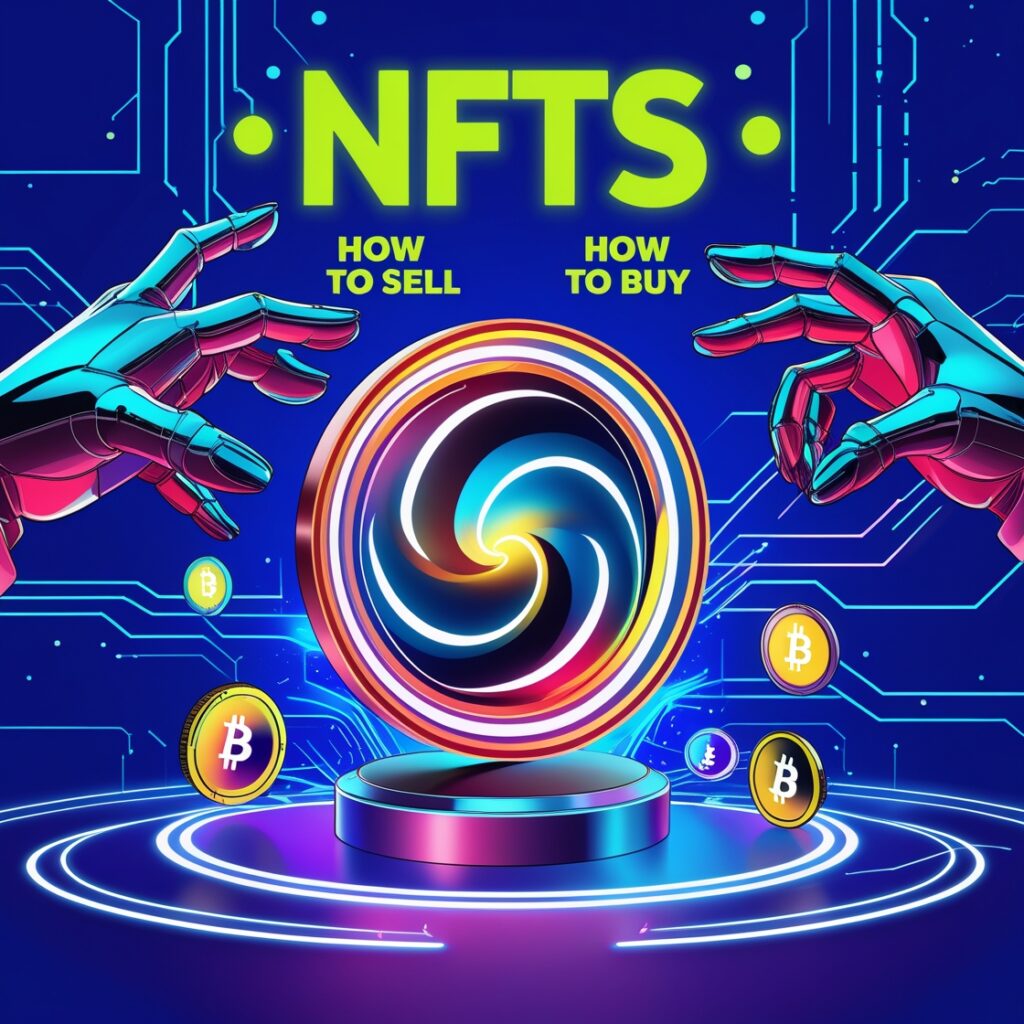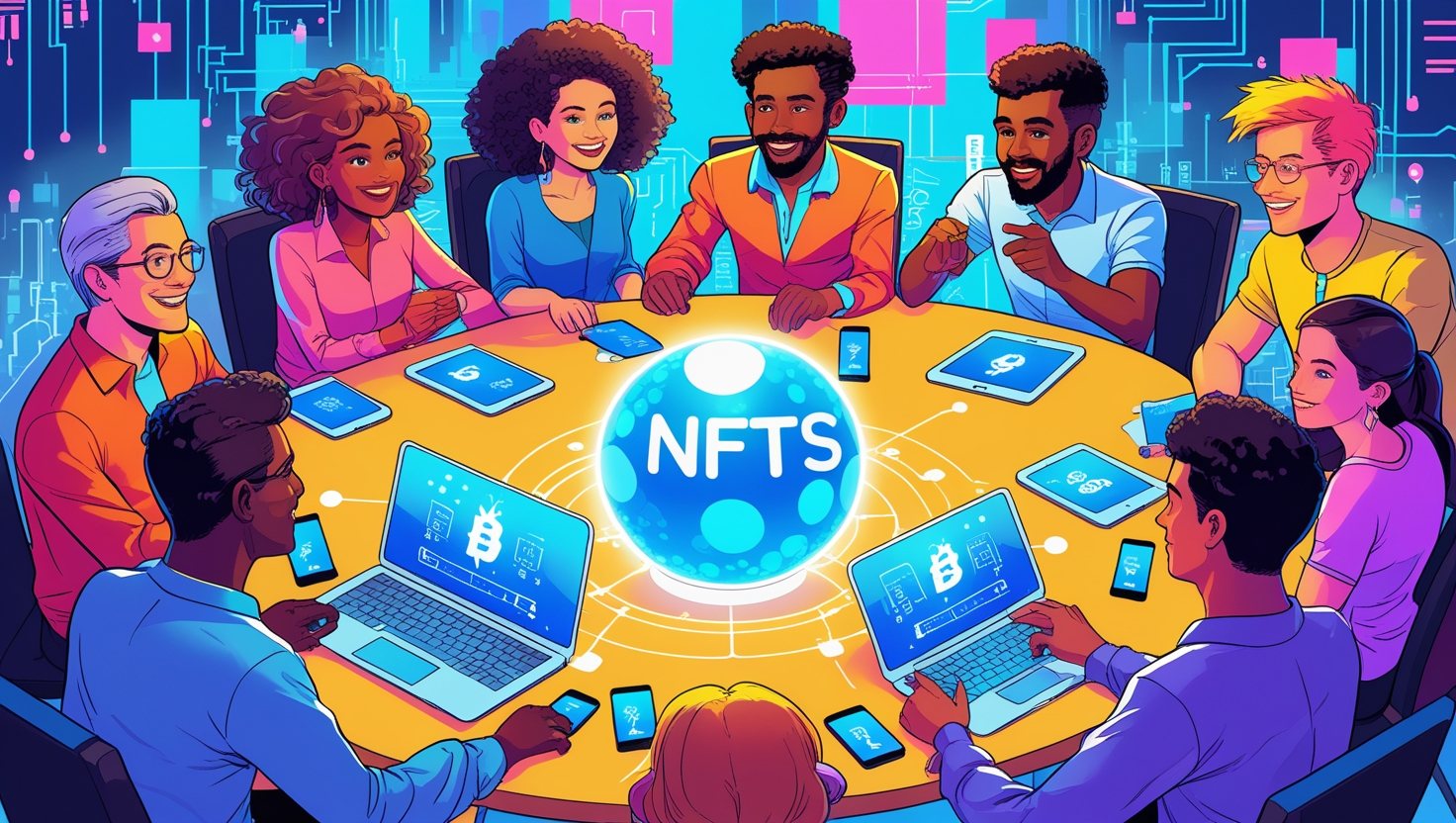Introduction
The NFT (non-fungible token) market is growing rapidly, turning digital collectibles, artwork, memes and more into commodities. The process of NFT creation and transaction makes access barriers for everyone from both creative sectors and crypto circles who produce content. A written tutorial will showcase how to mint NFTs on OpenSea together with cost breakdowns and money-making recommendations for artists through promotion.

Step 1: Choose Your NFT Platform
Different platforms that deal with NFTs have distinguishing characteristics. Among NFT marketplaces three main platforms exist:
OpenSea: The largest NFT marketplace, supporting Ethereum, Polygon, and Solana. Ideal for beginners.
Variable: Community-owned platform with a focus on customizable royalties.
The foundation operates as a curated marketplace that suits artists specifically interested in limited exposure.
Solana-based Platforms (Magic Eden): Low fees and fast transactions.
The initial NFT marketplace choice should be OpenSea due to its clear interface alongside a broad customer base.
Step 2: Set Up a Crypto Wallet
To mint or sell NFTs, you’ll need a Web3 wallet like:
- MetaMask (Ethereum/Polygon)
- Phantom (Solana)
- Coinbase Wallet
How to Fund Your Wallet:
- Buy cryptocurrency (ETH, MATIC, or SOL) from exchanges like Coinbase or Binance.
- Transfer crypto to your wallet address.
Watch Out For: Gas fees (transaction costs) on Ethereum can spike—consider minting on Polygon for lower costs.
Step 3: Create and Mint Your NFT
Minting turns your digital file into a blockchain-based NFT. Here’s how:
- Upload Your File: Art, music, videos, or even tweets (supported formats: PNG, GIF, MP3, etc.).
- Add Details:
- Name and description (use keywords like “digital art NFT” or “limited edition collectible”).
- Royalties (earn 5-10% on future sales).
- Choose Blockchain: Ethereum (high fees but prestigious) vs. Polygon (low-cost alternative).
- Mint: Confirm the transaction in your wallet.
Minting Costs:
- Ethereum: 50–50–200 (varies with gas fees).
- Polygon/Solana: Less than $1.

Step 4: List Your NFT for Sale
After minting, set a price:
- Fixed Price: Straightforward listing (e.g., 0.1 ETH).
- Auction: Timed bids to maximize value.
Optimize Your Listing:
- Use SEO-friendly titles like “Abstract Digital Art NFT – Limited Edition #1/10”.
- Add tags (e.g., “crypto art,” “metaverse-ready”).
- Share a story—buyers love knowing the creator’s inspiration.
Step 5: Market Your NFT Effectively
Minting is easy; selling requires strategy. Try these NFT marketing tips:
- Leverage Social Media:
- Twitter/X: Use hashtags like #NFTCommunity, #NFTArtist.
- Instagram: Post teasers and link to your OpenSea profile.
- TikTok: Create short videos explaining your NFT’s uniqueness.
- Join NFT Communities:
- Discord groups (e.g., OpenSea Discord, project-specific servers).
- Reddit forums like r/NFT or r/CryptoArt.
- Collaborate: Partner with other artists or influencers for shoutouts.
- Paid Ads: Run targeted ads on Twitter or NFT-specific platforms like Gem.
Pro Tip: Engage daily—consistent activity builds trust and visibility.
Common Mistakes to Avoid
- Ignoring Gas Fees: Mint during off-peak hours (check Etherscan’s gas tracker).
- Overpricing: Research similar NFTs for competitive pricing.
- Weak Metadata: Poor descriptions or tags hurt discoverability.
Conclusion
Creating and selling your first NFT is easier than ever with platforms like OpenSea. By understanding minting costs, optimizing listings, and using smart marketing, you can turn your digital creations into profitable assets. Ready to join the NFT revolution? Start minting today!





